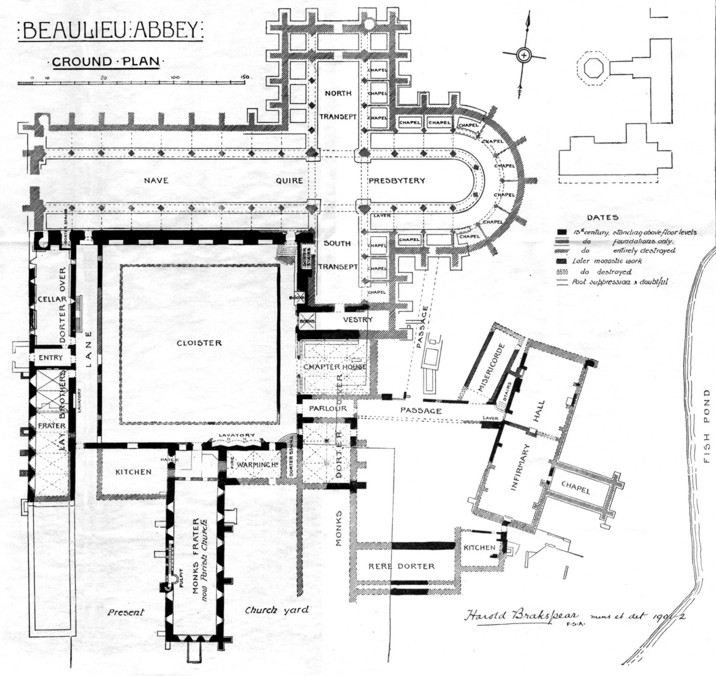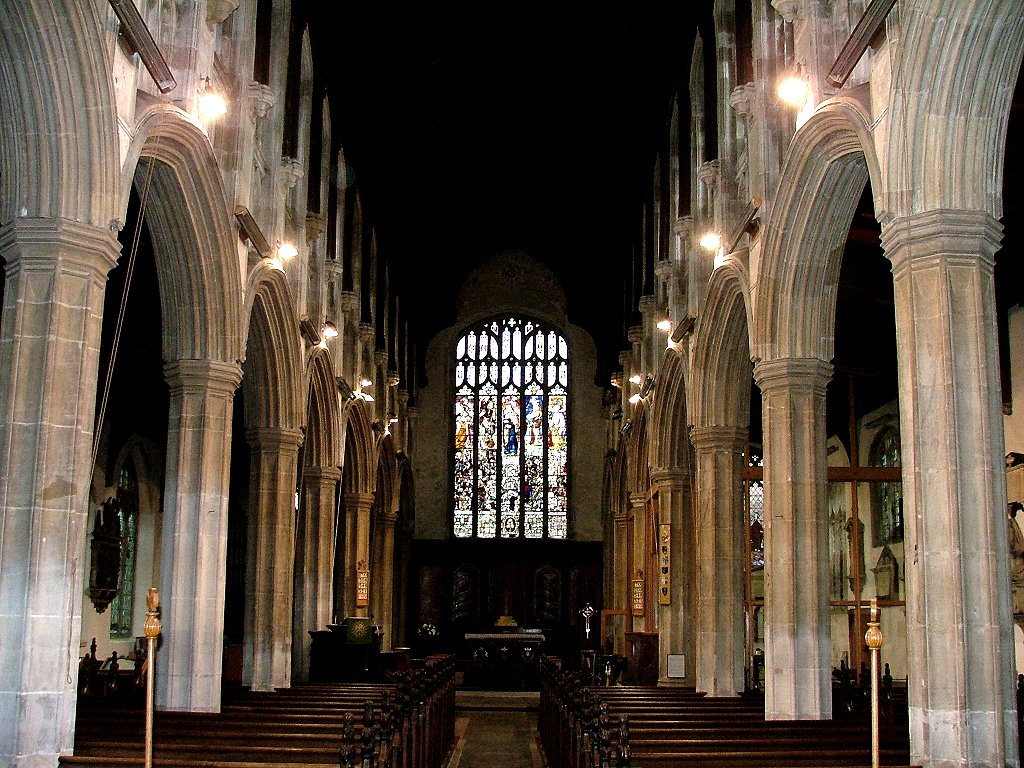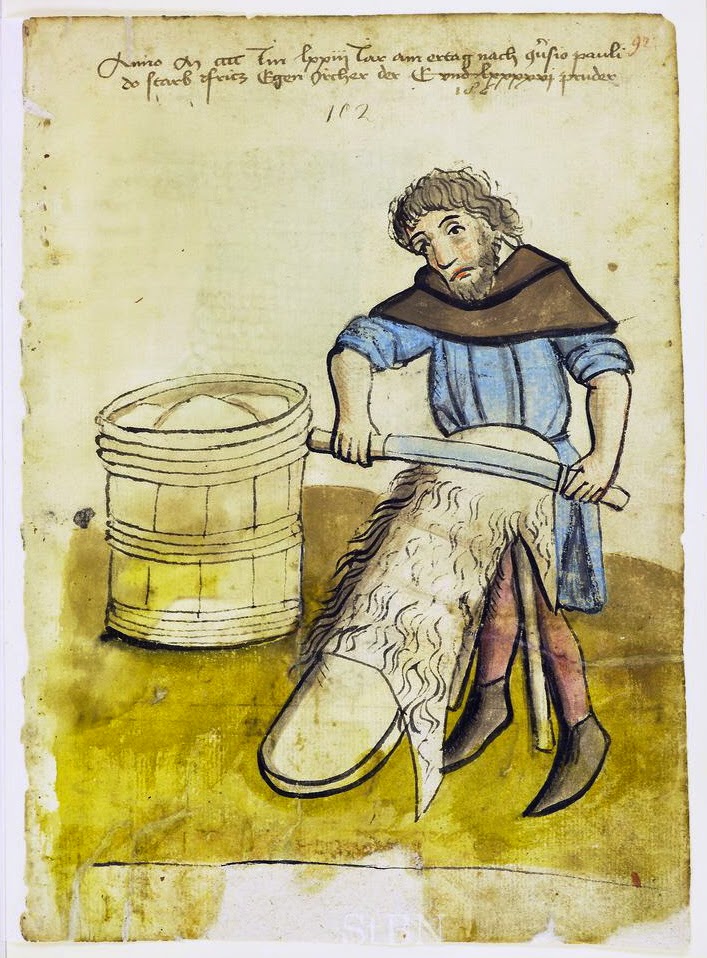Here are the rules for the medieval games. They are also forms of entertainment.
This is info for our expo.
This is info for our expo.
Jousting
* One rule is that the knights may play four courses, and four courses only. No more, no less.
*Rival parties will fight in groups.
-
*Rival parties will fight in groups.
-
*Another rule is that there shall be four judges. Two for one team, and two for another.
*Only the squire will talk to the knight during the joust.
-
*If another knight were to drop his lance, the other knight will not attack.
*Knocking your opponent off their horse ends the match.
Dueling
*Each side will send their champion, and the two will fight to the death.
(In this case, the two will fight until the other is down.)
* Any wound that affects the person badly (ex: striking a nerve) will end the duel immediately.
-
*Multiple shields and weapons could be used.
*The people who fight may choose whatever weapon they would like.
-
*Duels last until the opposing person is too weak.
*If any form of cheating happens, the cheater must apologize publicly.
Melee
*Melee involves two groups of people.
*The whole enemy team had to be defeated to win.
-
*The aim is to overpower the opposing team.
*Teams have to be of equal numbers.
-
*Another part of the aim is to ruin their "ranks" and attack.
*Melee is fought either by horseback or by foot.
-----------------------------------------------------------------------
Medieval Games
Here is a list of medieval games. All of these originated in the medieval times. The rules and instructions on how to play are found here.
--
Hide n' Seek
A person from a group of people is chosen to be "it." The others must hide around a specific area while "it" counts to a certain number. When they have finished counting up (or down) to that number, "it" will try and find the hiders. If the hidden are found, they must help "it" find the others or they must sit out.
Ring Around The Rosie
Ring Around The Rosie is also played with a group of people. The group of people hold hands in a circle and walk in the circle, chanting this song:
Ring around the rosy,
pocket full of posies,
ashes, ashes
we all fall down.
Falling down is optional.
Fishing
Fishing is simple and relaxing. All you need is a fishing rod, bait, and some patience.
See Saw
Using a see saw involved a cylinder-like object in the middle of a sturdy plank. Two people would sit on each ends of the plank and use their legs to propel each other upwards.
Horseshoe Throwing
To play this game, you must throw horseshoes around a particular object (often a nail).
Tug o' War
Tug o' war involved a rope and two opposing teams. Each team tries to pull the rope away from the other team. If a team manages to pull the rope from the opposing team, they win.
Tic Tac Toe
Tic tac toe is played by having a grid set up in front of two players. The two decide to either be "X" or "O." The goal of the game is to get your selected letter three times horizontally, vertically, or diagonally.
Jingling
Jinging is played by having a group of people. One person is chosen "it" and will not have a blindfold. Everyone else will have a blindfold. "It" will have jingle bells tied to them and everyone blindfolded will try to catch "It."
Swimming
Swimming is rather simple. All you need is a decently sized water-filled area and some skill.
Tag
To play tag, one person is chosen to be "it" from a group of people. After the person has been chosen, the other people in the group will have to run away from "it." If they are tagged by "it", they must either sit out or help tag the others.
Info credits:
http://www.lscacamp.org/portals/0/medieval%20games%20and%20recreation.pdf
http://www.pbs.org/wgbh/amex/duel/sfeature/rulesofdueling.html
http://www.medievalists.net/2015/01/07/medieval-rules-jousting/
https://en.wikipedia.org/wiki/Duel
https://en.wikipedia.org/wiki/Tournament_(medieval)#Melee
http://www.scientiareview.org/pdfs/62.pdf
http://www.ancientfortresses.org/medieval-tournaments.htm
*Only the squire will talk to the knight during the joust.
-
*If another knight were to drop his lance, the other knight will not attack.
*Knocking your opponent off their horse ends the match.
Dueling
*Each side will send their champion, and the two will fight to the death.
(In this case, the two will fight until the other is down.)
* Any wound that affects the person badly (ex: striking a nerve) will end the duel immediately.
-
*Multiple shields and weapons could be used.
*The people who fight may choose whatever weapon they would like.
-
*Duels last until the opposing person is too weak.
*If any form of cheating happens, the cheater must apologize publicly.
Melee
*Melee involves two groups of people.
*The whole enemy team had to be defeated to win.
-
*The aim is to overpower the opposing team.
*Teams have to be of equal numbers.
-
*Another part of the aim is to ruin their "ranks" and attack.
*Melee is fought either by horseback or by foot.
-----------------------------------------------------------------------
Medieval Games
Here is a list of medieval games. All of these originated in the medieval times. The rules and instructions on how to play are found here.
--
Hide n' Seek
A person from a group of people is chosen to be "it." The others must hide around a specific area while "it" counts to a certain number. When they have finished counting up (or down) to that number, "it" will try and find the hiders. If the hidden are found, they must help "it" find the others or they must sit out.
Ring Around The Rosie
Ring Around The Rosie is also played with a group of people. The group of people hold hands in a circle and walk in the circle, chanting this song:
Ring around the rosy,
pocket full of posies,
ashes, ashes
we all fall down.
Falling down is optional.
Fishing
Fishing is simple and relaxing. All you need is a fishing rod, bait, and some patience.
See Saw
Using a see saw involved a cylinder-like object in the middle of a sturdy plank. Two people would sit on each ends of the plank and use their legs to propel each other upwards.
Horseshoe Throwing
To play this game, you must throw horseshoes around a particular object (often a nail).
Tug o' War
Tug o' war involved a rope and two opposing teams. Each team tries to pull the rope away from the other team. If a team manages to pull the rope from the opposing team, they win.
Tic Tac Toe
Tic tac toe is played by having a grid set up in front of two players. The two decide to either be "X" or "O." The goal of the game is to get your selected letter three times horizontally, vertically, or diagonally.
Jingling
Jinging is played by having a group of people. One person is chosen "it" and will not have a blindfold. Everyone else will have a blindfold. "It" will have jingle bells tied to them and everyone blindfolded will try to catch "It."
Swimming
Swimming is rather simple. All you need is a decently sized water-filled area and some skill.
Tag
To play tag, one person is chosen to be "it" from a group of people. After the person has been chosen, the other people in the group will have to run away from "it." If they are tagged by "it", they must either sit out or help tag the others.
Info credits:
http://www.lscacamp.org/portals/0/medieval%20games%20and%20recreation.pdf
http://www.pbs.org/wgbh/amex/duel/sfeature/rulesofdueling.html
http://www.medievalists.net/2015/01/07/medieval-rules-jousting/
https://en.wikipedia.org/wiki/Duel
https://en.wikipedia.org/wiki/Tournament_(medieval)#Melee
http://www.scientiareview.org/pdfs/62.pdf
http://www.ancientfortresses.org/medieval-tournaments.htm
















